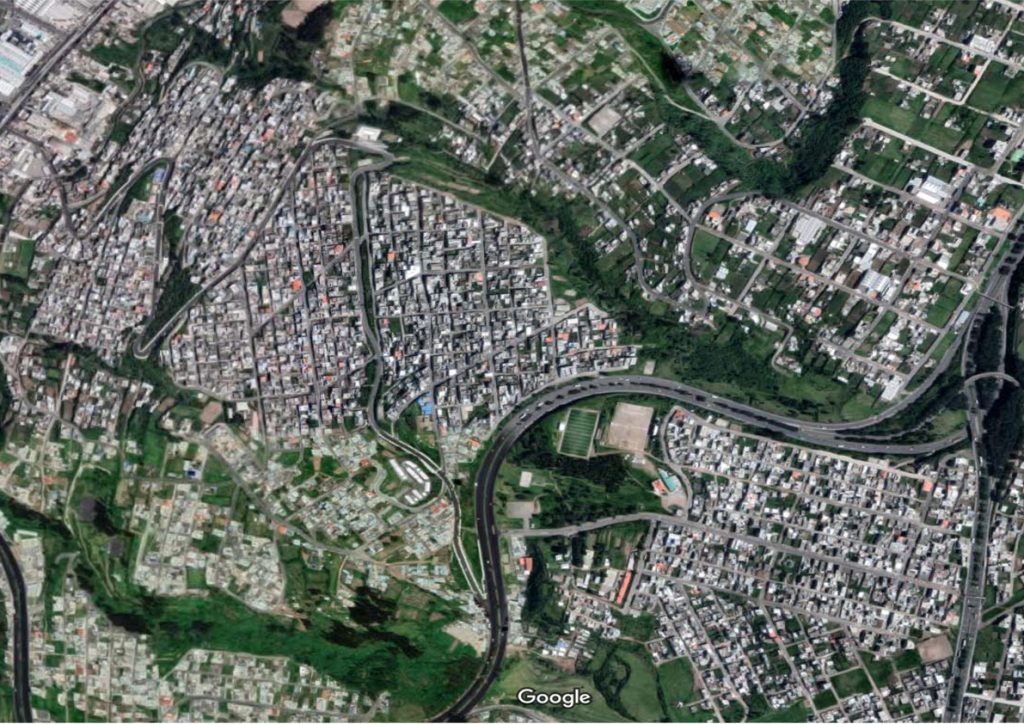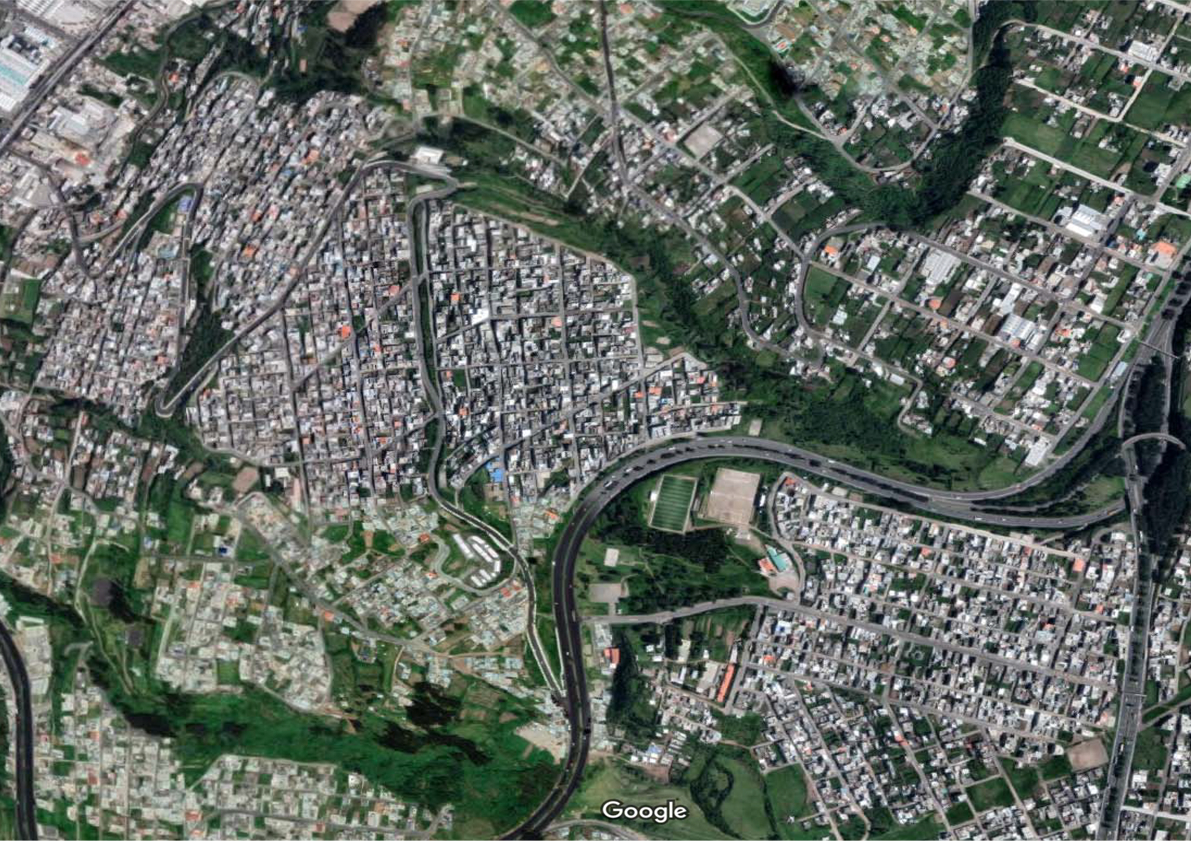Yesterday, our MICSEA team arrived in Quito to develop their field trip in “La lucha de los pobres” neighborhood. They have been already working on the first Phase to bring the urban social, economic, and risk analysis already prepared for working on the field. They will be accompanied by FLACSO Research Center and Ayriwa Comunidad as local agents.

Power relations impregnate environmental change, production, and reconfiguration as well as impacting communities, which are affected in different ways amongst demographics such as class, gender, and race. In other words, climate change impacts some more than others, and is navigated differently by those who are structurally less vulnerable or have the capacity to adapt to it. In this same way, environmental policies can produce good or bad outcomes and further exacerbate conflicts whilst diminishing others. Therefore, there is a need for critical perspectives on (urban) environmental issues. With this in mind, it is important to understand how green urban environments are produced and how they embody and express social relations. Food sovereignty related to environmental issues are becoming increasingly linked and make a vital part of the green infrastructure of a settlement and its food production. This is the case of the neighborhood ‘La lucha de los pobres’ in Quito, Ecuador, in which its landscape and green networks are linked to the community’s means of subsistence through the development of urban orchards. Located in a territory which is part of a vast urban to rural fringe, the aspects related to climate change, risk assessment, and green productivity are of crucial importance and must be understood as part of the future urban plans of this area in Southern Quito.
FIELD TRIP OBJECTIVE
The workshop’s objective is to develop an integrated (from landscape to urban orchards) and social diagnosis developed through community participation to deliver specific regenerative and risk prevention proposals for the ‘Barrio Lucha de los Pobres’ in Quito, Ecuador. Specifically, we will be involved in the regeneration and mapping of green infrastructure and urban orchards (collective and individual) as well as the systemic documentation of the overall food environment of the community spaces and households.
The work is divided into two phases: offsite analysis and onsite work. The students are divided into four groups. Prior to the field trip, during Phase 1, each group have been working on:
Group 1. Green infrastructure (landscape, topography, natural elements, open spaces, parks, plazas, urban orchards); Blue infrastructure (rainwater collection, stormwater drainage, sewage systems, natural freshwater sources). Initial risk assessment.
Group 2. Environmental conditions: climate change risks, natural disasters,
temperature/rainfall/wind, resource availability, farming and irrigation methods.
Group 3. Urban fabric and activities homogenous fabric, typology and density; urban facilities and activities (commercial, markets and food production/distribution, circular economies, industry, etc.). Informal and formal borders and typologies.
Group 4. Mobility and accessibility (public transport, roadway system, accessibility); safety, the relationship of La Lucha de los Pobres with respect to the new mobility of the Metropolitan plan.
From now on, the groups are developing Phase 2 and we will keep you updated with more information coming soon.
Stay tuned!
Workshop Coordinators: Master International Cooperation Sustainable Emergency Architecture. UIC Barcelona. Dr. Carmen Mendoza Arroyo and Arch. Farzana Gandhi. Assistant Researcher: Ashley Howard
Collaborating Institutions: FLACSO Ecuador: Myriam Paredes and Sara Latorre. University of Montreal: Dr. Gonzalo Lizarralde and Benjamin Herazo
Local actors: AYRIWA. Consejo comunitario del barrio/ Community neighborhood council.

